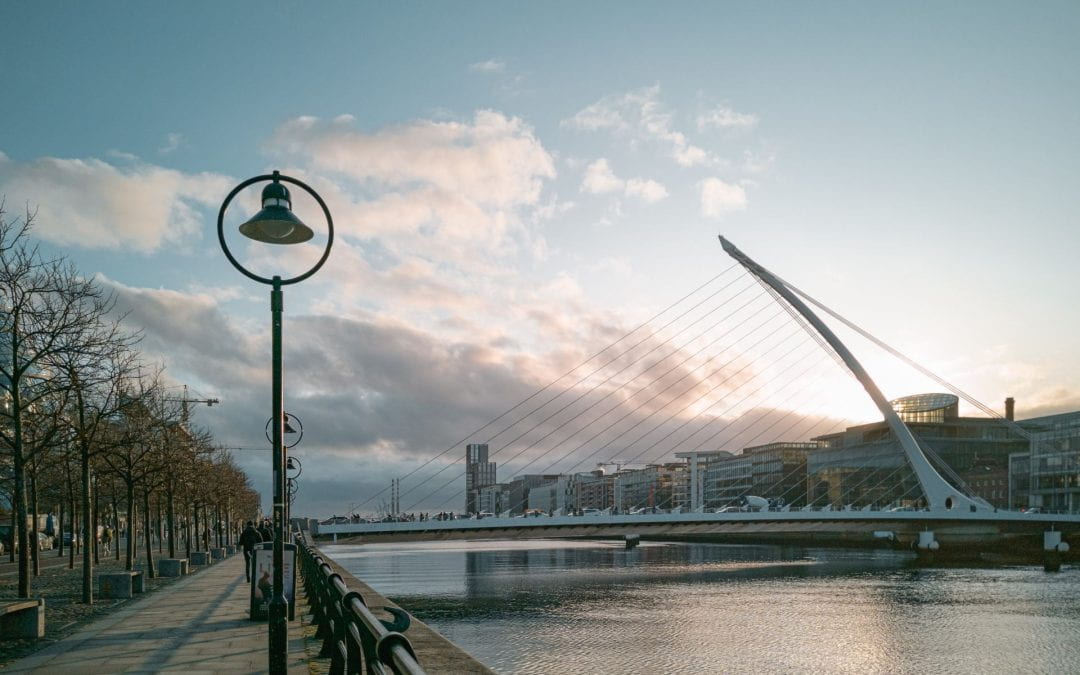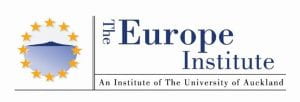By Malcolm Campbell
When Ireland’s Taoiseach, Leo Varadkar, offered his resignation to President Michael D. Higgins on 20 February, little did he realise the responsibility that lay ahead.
When Ireland’s Taoiseach, Leo Varadkar, offered his resignation to President Michael D. Higgins on 20 February, little did he realise the responsibility that lay ahead. Varadkar’s Fine Gael party had lost twelve seats in Ireland’s national election on 8 February, emerging as the third largest party behind Sinn Féin and traditional rivals Fianna Fáil. Varadkar, an internationally respected leader whose profile had grown through the protracted Brexit negotiations, acknowledged in the aftermath of the election that his future lay in opposition. However, he agreed to stay on as caretaker leader while negotiations took place to form a new government.
A little more than one week later, on 29 February, the Republic of Ireland reported its first confirmed case of COVID-19. Government officials, who had in January foreseen little impact on Ireland, embarked on a policy of containment. Varadkar visited the United States, meeting President Donald Trump on 11 March and calling for American leadership to help fight the pandemic. A confused Trump praised Varadkar for the United Kingdom’s response to COVID-19. However, at home the coronavirus was spreading. On 12 March, Irish schools and colleges were closed while large gatherings, including forthcoming Saint Patrick’s Day celebrations, were cancelled.
On 27 March, in a televised national address, the Taoiseach announced a two-week national closure, ‘appealing to every man, woman and child to make these sacrifices for the love of each other … show that you care for your family and friends: stay home’. Before a record television audience of 1.6 million viewers, Varadkar reassured the Irish people, ‘Our country is rising to this challenge, and I’m convinced we will prevail’. President Higgins signed into law legislation granting the government additional powers to address the crisis. Military support for testing began in this period and several sports stadiums became interim testing stations. The Taoiseach, a medical graduate, announced on 5 April that he was re-joining the Irish Medical Council and would spend one day a week practising during the pandemic.
This so-called ‘Stay at Home’ phase continued until 5 May, when Ireland began loosening restrictions. However, the pandemic has taken a substantial human toll. By 11 June, the nation had recorded in excess of 25,000 cases and more than 1,700 deaths. Healthcare workers account for one-third of Ireland’s reported coronavirus cases, including many employed in nursing homes, which may explain the larger proportion of women than men who have been infected in Ireland (57female/43male). Almost half of reported cases have occurred in the national capital, Dublin, with a further 6 per cent in each of Cork and Kildare. Community transmission accounts for 37 per cent of Ireland’s cases, close contacts for a further 60 per cent, and foreign travel for only 2 per cent.
As elsewhere in Europe, Ireland’s economy has been hit hard by COVID-19. Unemployment spiked to in excess of 10 per cent in April, while the repatriation of a large number of Irish citizens has added pressure to the labour market. As Ireland prepares for an anticipated ‘second wave’, the government has allocated an additional €6.8 billion for social protection.
Taoiseach Leo Varadkar’s leadership during the pandemic has significantly affected the state of politics in Ireland. Traditional rivals Fianna Fáil and Fine Gael, which attracted 22.2 and 20.9 per cent of the votes respectively in February’s election, held talks about forming a coalition government with the smaller Green Party. Such a move would leave Sinn Féin, which gained the most votes of any single party, out in the cold. A recent public opinion survey reported increased support for Fine Gael, with nearly 40 per cent of voters preferring Leo Varadkar to remain as the leader of any new coalition government. Sinn Féin leader Mary Lou McDonald described this situation as indefensible and believes it is time for her party, which gained 24.5 per cent of first preference votes in February’s election, to take the lead in shaping Ireland’s post-COVID future.
Time will tell how Ireland’s political impasse is resolved. Resurgent economic growth in coming months and a continuing decline in the number of reported cases will strengthen Varadkar’s position on the national scene. However, signs of prolonged economic distress or a serious second wave of infections will increase the prospect of Sinn Féin assuming a position of greater influence in a post-pandemic Ireland.
For more information on COVID-19, head to the Ministry of Health website.
Malcolm Campbell is Head of the School of Humanities at the University of Auckland. Campbell is an expert in Irish history.
This article is published as part of a series commissioned by the Europe Institute at the University of Auckland.
For more on the Europe Institute, click here.
Disclaimer: The ideas expressed in this article reflect the author’s views and not necessarily the views of The Big Q.
You might also like:
How did Czechs wear face masks when there weren’t any available?


